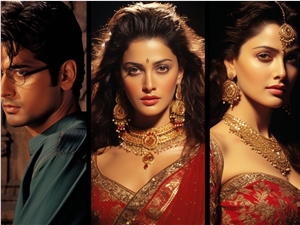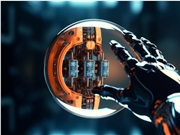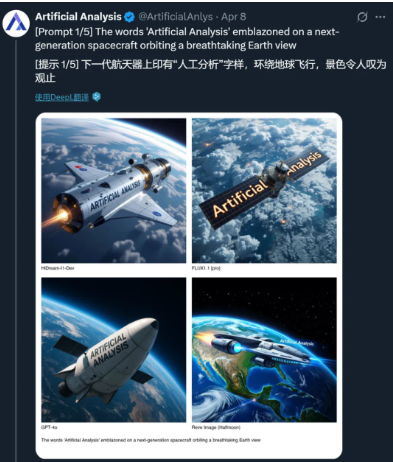Recently, the AI creative platform Krea announced the official launch of its 3D generation function and a complete website interface redesign. This update not only provides users with a new visual experience and streamlined workflow but also significantly expands the platform's applications in generative AI. Industry insiders speculate that this upgrade may integrate Tencent's "Hunyuan" technology to further enhance the quality and efficiency of 3D generation. This development has quickly garnered widespread attention from the tech industry and creative communities.

Krea, an AI tool specializing in real-time image and video generation, has already gained popularity among designers, artists, and marketers for its intuitive operation and powerful generation capabilities. The newly added 3D generation function is considered a significant leap for the platform. Users can now generate high-quality 3D models directly through text prompts or 2D image input. This function not only supports rapid conversion from 2D to 3D but also allows users to adjust viewpoints, optimize details, and seamlessly import the generated results into professional software like Blender or Unity, further meeting diverse creative needs.
Meanwhile, Krea's complete website interface redesign has also attracted much attention. The new interface adopts a simpler, more modern design language, optimizing the navigation structure and interaction logic to allow users to access generation tools, material libraries, and editing functions more efficiently. Analysts point out that this upgrade is not merely a visual improvement but may also suggest deeper backend technical optimizations. There are reports that Krea may have borrowed certain features from Tencent's "Hunyuan" series of models, such as its advanced capabilities in high-resolution 3D asset generation and texture synthesis, to improve generation speed and model accuracy. However, Krea has not officially confirmed this speculation, only stating that the update aims to "provide users with a more powerful and smoother creative experience."
Industry experts believe that if Krea has indeed incorporated a technology solution similar to "Hunyuan," its competitiveness in the 3D generation field will be further enhanced. Tencent's "Hunyuan 3D" model is known for its two-stage generation pipeline—first generating geometric structures through diffusion transformers and then using texture synthesis models to add high-quality details. This method significantly improves model realism and consistency while maintaining generation efficiency. If Krea adopts similar technology, it could not only shorten the creative cycle from concept to finished product but also bring new possibilities to game development, e-commerce displays, and virtual reality.
However, this update has also sparked some discussion. Some users have stated that while the new interface is more modern, it may require some time to adapt initially. Furthermore, whether the resource requirements of the 3D generation function will raise the barrier to entry, and whether restrictions will be placed on free users, remain key concerns. In response, the Krea team has pledged to continuously optimize the function and ensure that the core experience remains open to all users.
With the continuous evolution of generative AI technology, Krea's launch of the 3D generation function and interface redesign undoubtedly adds new advantages in the fiercely competitive market. Regardless of whether the "Hunyuan" solution was used, this update signifies Krea's progress toward a more comprehensive and professional creative platform. In the future, how it balances technological innovation and user experience will likely be key to determining its market position.










